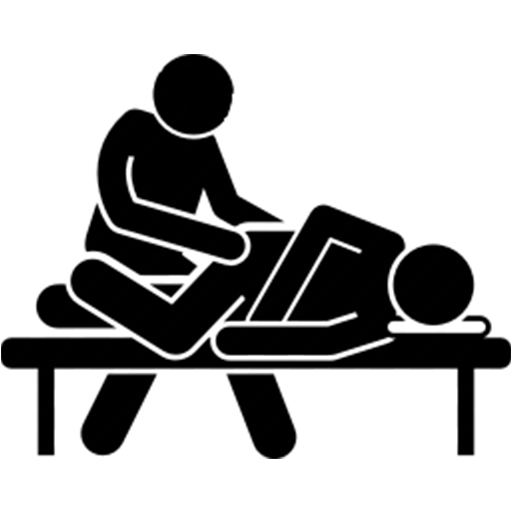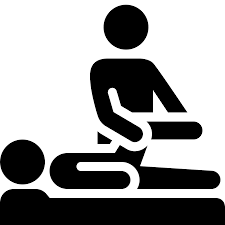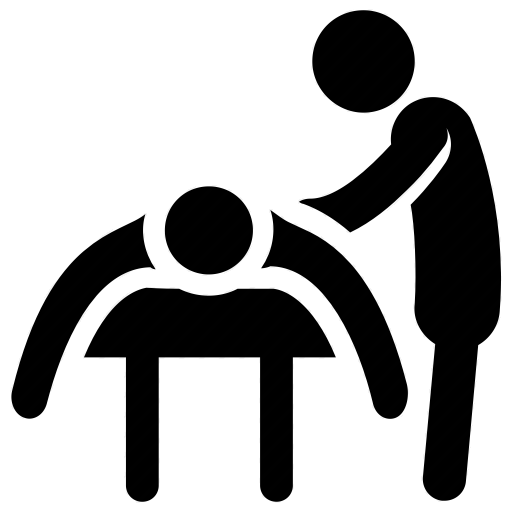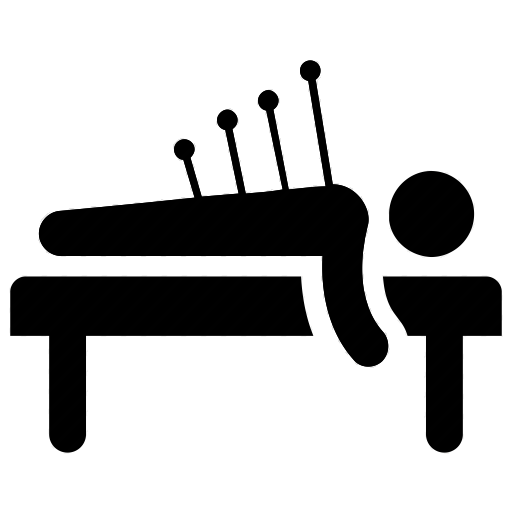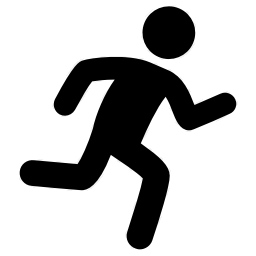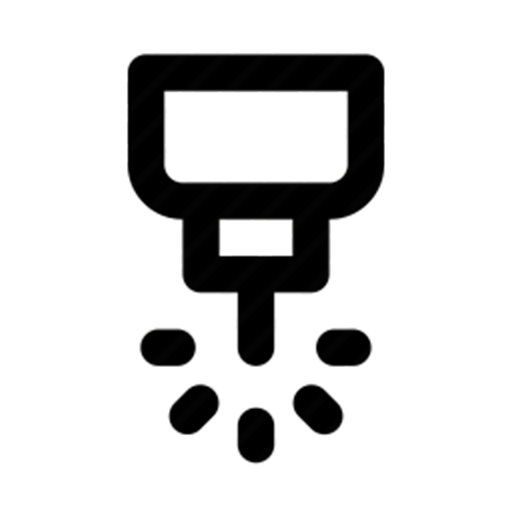ENHANCED HEALTH & WELLNESS
South Edmonton Chiropractic Clinic
Enhanced Health & Wellness is a south Edmonton chiropractic clinic that has been providing services to individuals and families for over 20 years. We utilize an integrative approach to your health to help you reach your health and wellness goals.
Our clinic began with chiropractic care to help people decrease pain and increase function so they can get back to doing what they love to do. Over the years, Enhanced Health & Wellness evolved by including physiotherapy, massage therapy, and acupuncture in order to provide a high standard of care with a team of like-minded practitioners.
Although many people believe that Chiropractors only treat back pain, chiropractic care can help you achieve your health goals and recover from different injuries and conditions other than just your back. Chiropractors are well-trained in resolving other conditions such as neck pain, headaches, shoulder pain, elbow/wrist pain, hip conditions, knee injuries, and foot/ankle complaints.
Our chiropractors’ approach provides focused, patient-centered care to keep you healthy for a lifetime. Our patient-proven, strategic approach incorporates not only physical treatment but also focuses on all aspects of your life that may be contributing to your health, such as psychological and environmental stresses.
By choosing Enhanced Health & Wellness to help you recover from injury and various conditions, you can feel confident that our team has your best health goals in mind and will help you achieve them.
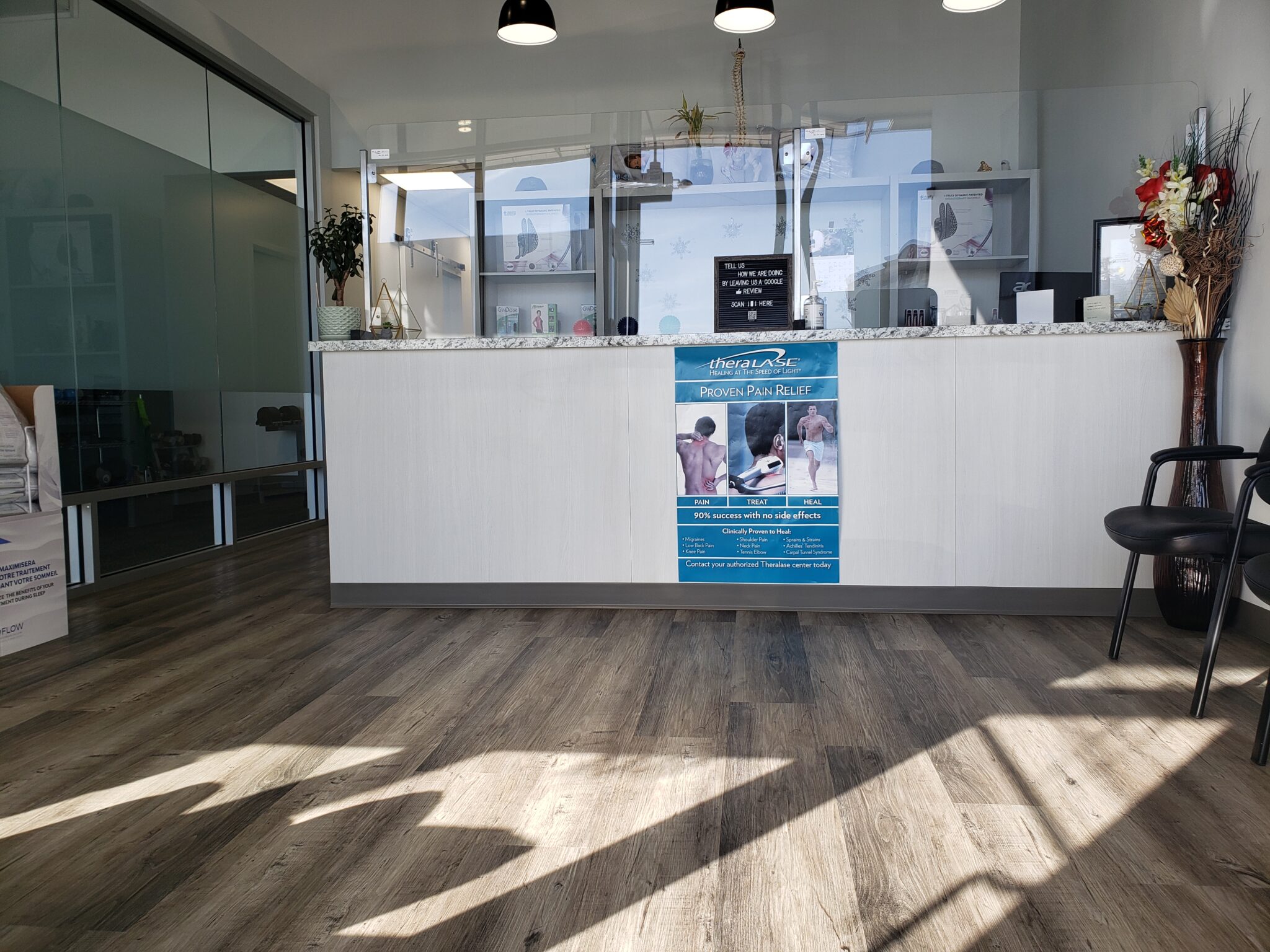
South Edmonton Chiropractic Clinic
ENHANCED HEALTH & WELLNESS
Chiropractic and so much more!
Enhanced Health & Wellness - South Edmonton Chiropractic Clinic
Edmonton’s Top Choice Award winner
2021 & 2022


Complete Chiropractic Assessment
Whether you are experiencing back pain, neck pain, a shoulder injury, or a foot condition, a thorough assessment is taken by our chiropractor. This assessment includes asking you questions about your main complaint, health history, treatment goals, and more. A physical exam is then performed to determine the cause of your condition and what we can do to help you.
Sometimes it’s not always apparent what is causing your condition. For example, you may feel pain or numbness in your hand but after hearing your story and doing a physical assessment, the cause of your symptoms may be coming from your neck.
The Latest Chiropractic Techniques
Our chiropractors are well-versed in a variety of techniques used to serve the needs of children and adults alike. Some of the treatment techniques we utilize are spinal manipulation, active release, Graston, laser therapy, home exercises, dry needling/IMS, and more. We also offer custom orthotics and compression stockings as an extra service.
Customized Treatment Plans
All of our treatments are natural and non-invasive without the need for medication. The spinal manipulation (adjustments) that are performed by a chiropractor help to bring back motion to the area of restriction while other techniques are meant to decrease muscle tension, improve tissue healing, and improve functional strength.
A customized treatment plan is given to each of our patients in order to help them reach their treatment goals confidently and efficiently. By catering our treatment plans to what matters most to you, we can get you back to doing what you want to do faster than a generic, cookie-cutter type of treatment plan you may receive elsewhere.
Our South Edmonton Chiropractic Clinic provides
- Same day appointments
- Online booking available
- Direct billing to most insurance companies
- Emergency chiropractic appointments outside office hours
- Reasonable rates
- WCB provider
How We Help You Feel Better
Our focus is on you
At Enhanced Health & Wellness, our focus is on you, the patient. The care you receive at our clinic is more than just getting you pain-free. We also work on making sure you are able to do what you enjoy. Whether you want to get back to playing golf, pick up your grandchildren, or work without worry, we are here to get you there.
Our practitioners adopt a biopsychosocial model, the most recent standard of care model when establishing a treatment plan. This means that treating the muscles is only one aspect. By working with the patient, we can help to identify daily mental stresses and environmental factors that may contribute to your condition. Taking this approach allows us to educate and empower our patients to recover faster and manage their own pain.
We work as a team
Working as a team for your health is important to our chiropractors. Therefore, we communicate with our partner practitioners, and in some cases, your family doctor, employer, or insurance company to find the best solution for you. We understand dealing with pain can be a stressful experience so we make an effort to ensure your experience at Enhanced Health & Wellness is as stress-free as possible.

Enhanced Health & Wellness – South Edmonton Chiropractic Clinic
We offer professional chiropractic services for people of all walks of life. We offer relief for all kinds of back and spine related issues. We are experts in sports related injuries and recovery. Let us help get you back to normal, even if you just need a tune up, we can help.
Are you suffering from a condition and don’t know which treatment will help?
One of our skilled practitioners can answer your questions and guide you to the correct form of treatment for your condition.
Fill out our free consultation form to see how we may be able to help you.
FREE CONSULTATION
Don't wait to take care of yourself.
We are here to provide you with the best possible treatment.
New Patient First Visit
Includes:
Detailed History Intake
Assessment & Exam
First Treatment
Education on Your Condition
Custom Treatment Plan
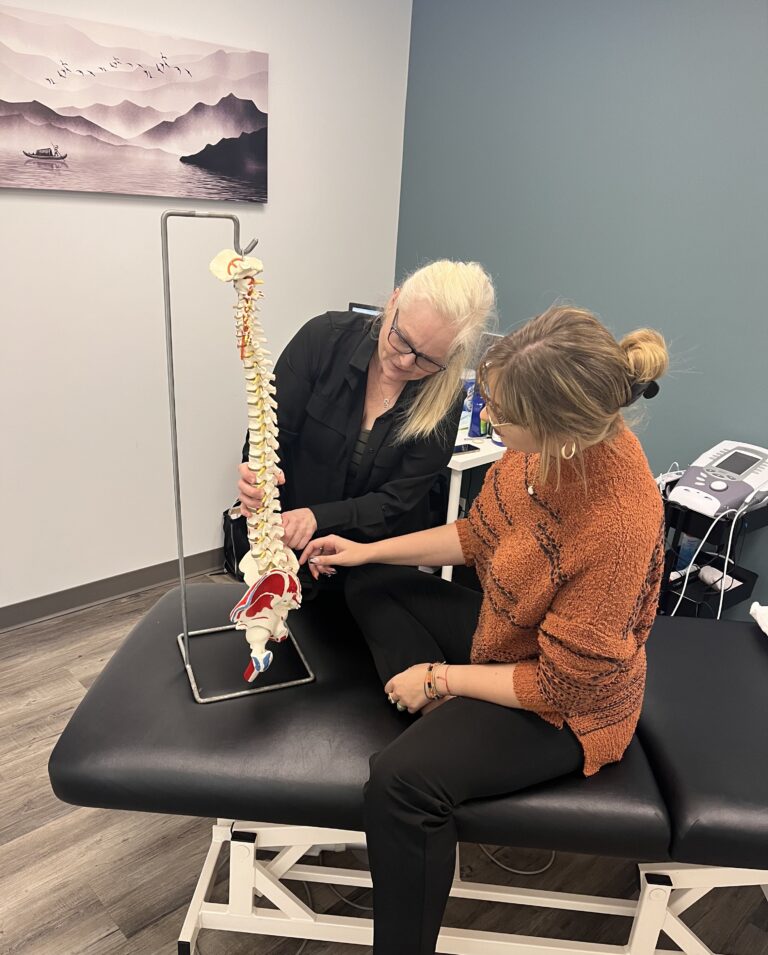
What People Have to Say About Us
Edmonton SEO by AndyKuiper.com

